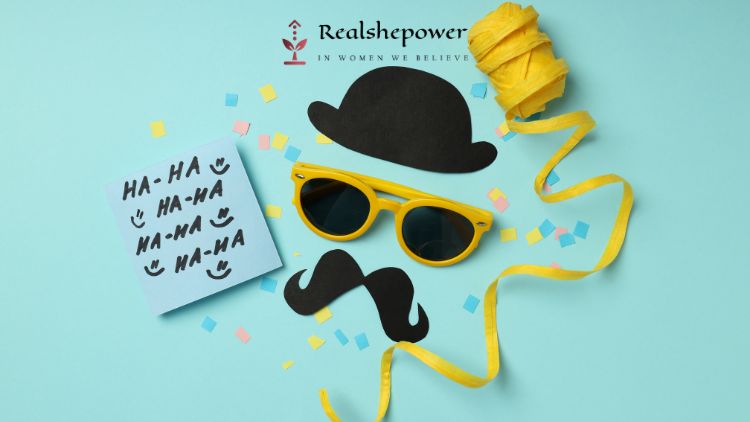7 Intriguing Facts About April Fools’ Day: From Pranks to Origins


April Fools’ Day: A day shrouded in mystery, humor, and mischievous pranks. Every year on the first of April, people around the world embrace the spirit of jest and playfulness, delighting in the opportunity to trick and tease their friends and loved ones. But where did this peculiar tradition originate, and why do we continue to celebrate it today? Join us as we unravel the enigma of April Fools’ Day and explore its rich history, customs, and significance.
1. The Origins:
While the exact origins of April Fools’ Day remain uncertain, historians believe its roots can be traced back to ancient Roman and Celtic festivals, such as Hilaria and Samhain. These celebrations marked the transition from winter to spring and were characterized by revelry, merriment, and lighthearted pranks.
2. Adoption of the Gregorian Calendar:
In the late 16th century, France adopted the Gregorian calendar, shifting New Year’s Day from late March to January 1st. However, some people continued to celebrate the New Year in accordance with the old calendar, which led to confusion and ridicule. Those who adhered to the outdated date became the subject of jokes and hoaxes, earning them the moniker “April Fools.”
3. Spread Across Europe:
The tradition of playing pranks on April 1st gradually spread across Europe, evolving into a widespread cultural phenomenon. In Scotland, the tradition of “hunting the gowk” involved sending unsuspecting individuals on absurd errands, while in England, pranksters would attempt to pin paper fish on the backs of their victims.
4. Global Celebration:
Today, April Fools’ Day is celebrated in various countries around the world, each with its own unique customs and traditions. In France, it is known as “Poisson d’Avril,” and pranksters attempt to stick paper fish onto the backs of their friends and family members. In Italy, the day is marked by “Pesce d’Aprile,” where people play tricks on one another using paper fish and other symbols of foolishness.
5. Modern Traditions:
In the age of social media and digital communication, April Fools’ Day has taken on new forms, with companies, brands, and media outlets joining in on the fun. From elaborate hoaxes and fake product launches to clever pranks and practical jokes, the internet becomes a playground of laughter and deception on April 1st.
6. The Spirit of Playfulness:
Despite its lighthearted nature, April Fools’ Day serves as a reminder of the importance of laughter, camaraderie, and spontaneity in our lives. It encourages us to embrace our playful side, let go of inhibitions, and enjoy moments of silliness with those around us.
7. The Evolution Continues:
As society evolves and technology advances, the traditions of April Fools’ Day may continue to change and adapt. However, one thing remains constant: the joy and laughter that come from sharing a good-natured prank or joke with friends and family.
As April 1st approaches, let us embrace the spirit of April Fools’ Day with open arms, reveling in the joy of laughter, mischief, and good-natured fun. After all, life is too short to take ourselves too seriously, so why not indulge in a little foolishness every now and then? Happy April Fools’ Day!
You can now write for RSP Magazine and be a part of the community. Share your stories and opinions with us here.
